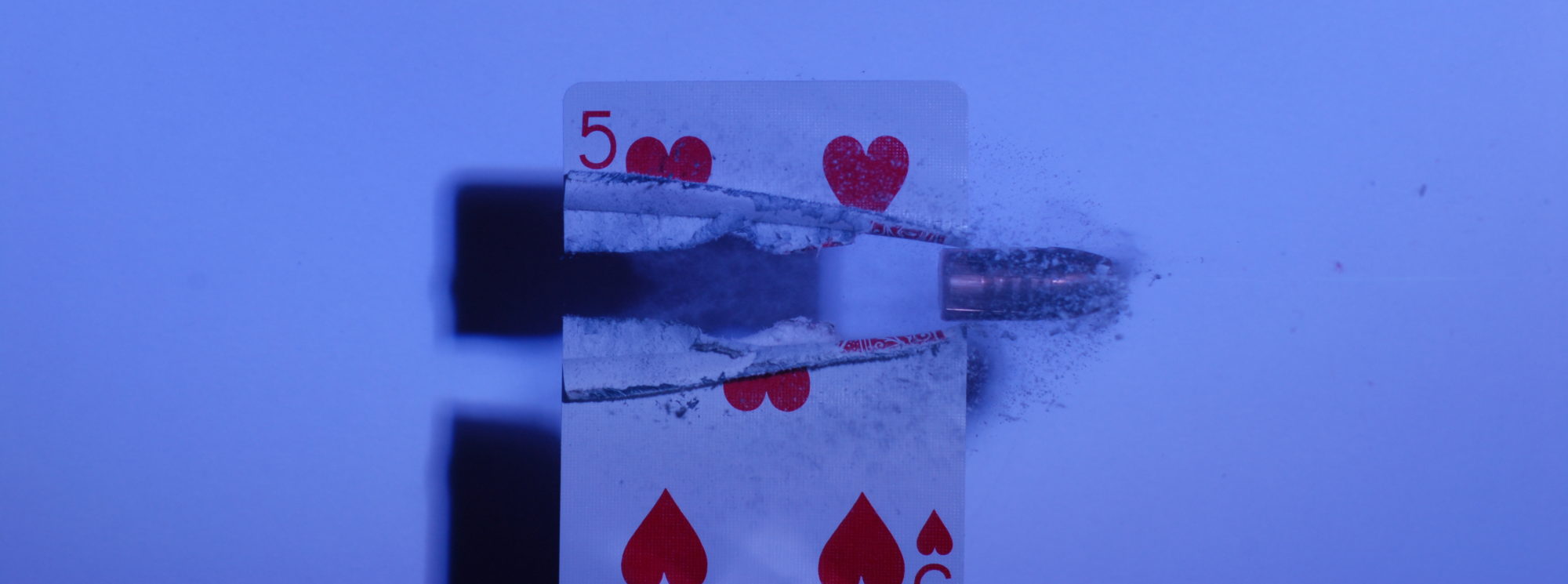Photogrammetry is the use of photography to create a 3D model of an object or surface. It is for creating 3D models of everyday objects to 3D model of terrain. Ever since leaving the Firearms Industry in 2017 I have been heavily involved in working with Unmanned Aerial Vehicles (Drones) to generate digital terrain maps for use in mining.
Photogrammetry uses a series of overlapping photos, taken at regular interval, from a known position, to generate a 3D Point cloud of an object. This point cloud consists of anywhere from several thousand to millions of points. Each point consists of multiple overlapping pixels from a series of images. The process is made possible by modern computing. Previous to photogrammetry, LiDAR was used, which uses a laser to measure the distance between the aircraft to the ground, or from a fix point in space to an object.
This technology is not new, but due to advances in drone technology, the increase in resolution for camera’s and the increase in destop computing capacity, we are able to do this for far cheaper then what it could have been done only 10 or 15 years ago.

This type of mapping can be done in less than 24 hours and can be used to track things like stockpile volumes, tailings pond volume, changes in pit volume, and changes to terrain. This becomes a valuable tool for the mining industry, and is a low cost means reconcile reports. When it comes to environmental regulation, being able to provide regulators with up to date high resolution photos, helps communicate the current site conditions. This can be used to show progress made on reclamation or mitigation efforts.

Those are some of the results and uses for a the aerial survey’s but what is the equipment used?
It depends on the size of the area’s that are being covered. A multirotor drone, is what many people think of when they think drone. However those are only efficient when small areas are needed to be survey, or when creating 3D models of buildings or other structures. The are inefficient for covering larger area’s. For this we used a fixed wing drone.
From the onset of my tenure as the “Drone Pilot” we used and SenseFly Ebee Drone.

This drone works great. It’s low maintenance, it’s easy to transport and it can cover 50+ acres on a single battery, depending on the wind conditions. However it is expensive to purchase, maintains must be done by Sensefly, and each time they open the fuselage it is $1k minimum. There were some other issues we had when working with this drone in a mining environment. The foam wings would get torn up pretty easily, if things weren’t just right, it would land in the sagebrush. Sagebrush eats these drones for breakfast.
After the initial purchase price we spent nearly $10k in maintenance and repairs for the drone. Much of this was due to the harsh environment we were operating in. In talking with a few of the former dealers of Sensefly, it was clear this wasn’t an isolated complaint. Many dealers were turning away from the “Crash” landing drones.
Being someone who used to build and fly RC Airplanes I did some research to see what options were out there for a “Do-it Yourself” type solution. With Drones, much of the market was born in the maker community, similar to the advent of 3D printers. There is quite a bit of support an opportunity, everything from Autopilots to high Megapixel Camera’s. After looking at the cost of repairing the drone from the most recent, mishap, we did some back of the napkin comparisons to what it would take to build our own. It looks to be doable for under $2k.
So that’s where this project is coming from. Yes, it is complete departure from the overall theme of the website, but it is an interesting technical project, that will test me in different ways. Some people may find this interesting, and I hope I can share with them the mistakes and successes to guide them in their own similar projects.
This project will be broken down into 4 main components.
- Airframe Construction
- Autopilot Integration and Software Learning
- Field Testing the Autopilot
- Camera Integration and Field Testing.
I suspect this project will likely take me will into 2020 to complete. We will see how we do. Once the 3D Printer is finished, we will be looking at using the 3D Printer to make parts for the Drone, including custom camera mounts and skid plates. We will post the design process and field testing results for those who choose to take a similar path.
